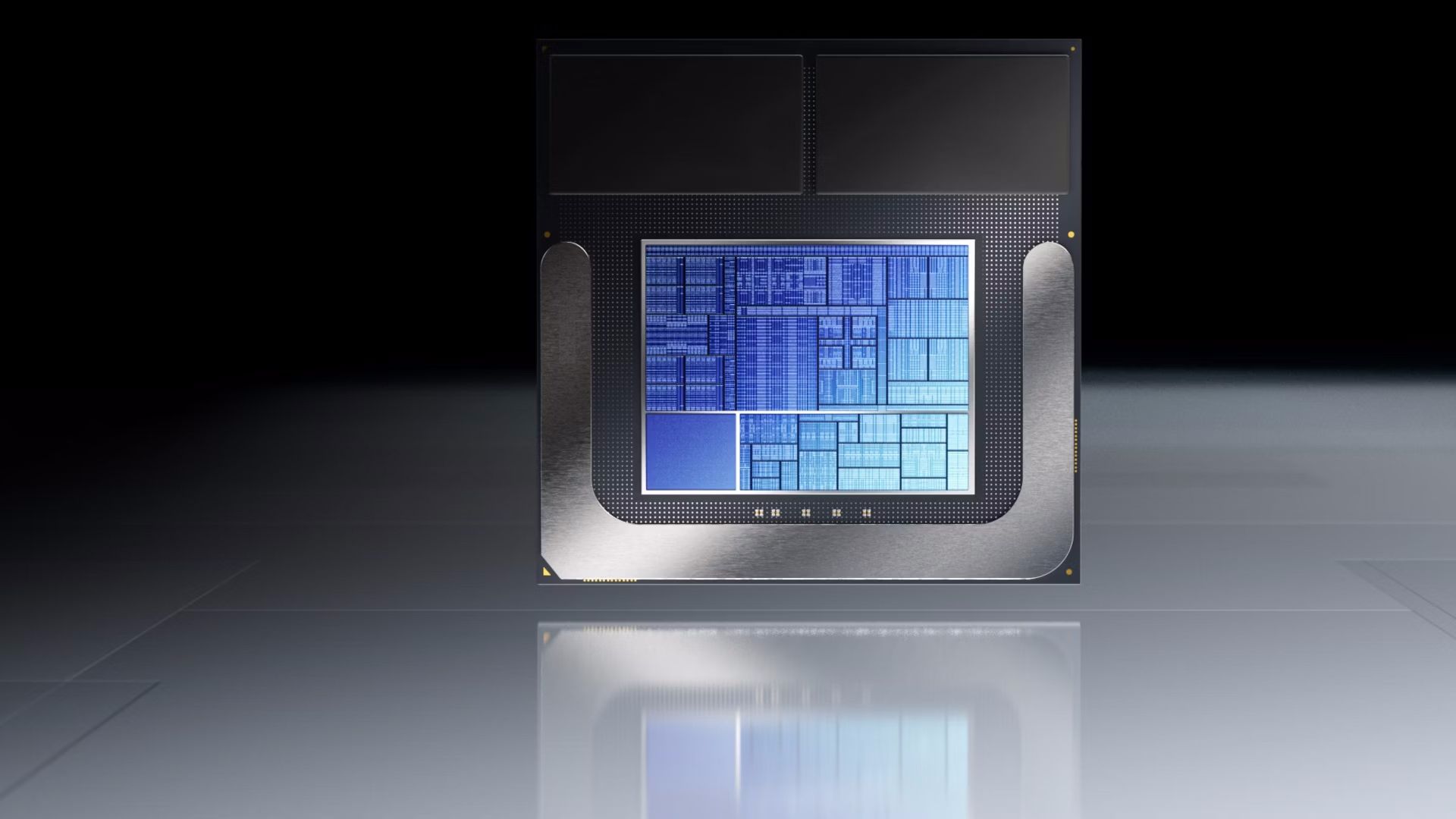Yoused
up
- Joined
- Aug 14, 2020
- Posts
- 8,193
- Solutions
- 1
When I look at the wikithingy article on "microcode", it comports with my understanding of the term. It is at the heart of the RISC concept: processors had little internal programs that implemented the elaborate ISAs of earlier processors, but analysis revealed that compilers were eschewing many of the complex instructions in favor of the more basic ones, leaving much of the architecture largely unused. RISC simply pulled the function of the processor out of the internal microcode and put it into the ISA, leaving more room in the core for things like more registers.
I suspect that an op like udiv on an 8086 or 68000 was basically the simple program that would be written in software, distilled down into microcode, which would execute much faster primarily because there would be no code fetching, but it was still a lot like what one would write by hand. Of course, udiv is not a frequently-used op, but it still took up space in the processor core (ARM32 never had dedicated division ops). The microcode design gave engineers a simple way to make modifications to the processor, but when RISC came along and started pantsing the older processor designs, they had to switch to the micro-op structure to keep up. Pentium was the first x86 processor to almost completely ditch the microcoded design pattern.
I suspect that an op like udiv on an 8086 or 68000 was basically the simple program that would be written in software, distilled down into microcode, which would execute much faster primarily because there would be no code fetching, but it was still a lot like what one would write by hand. Of course, udiv is not a frequently-used op, but it still took up space in the processor core (ARM32 never had dedicated division ops). The microcode design gave engineers a simple way to make modifications to the processor, but when RISC came along and started pantsing the older processor designs, they had to switch to the micro-op structure to keep up. Pentium was the first x86 processor to almost completely ditch the microcoded design pattern.


